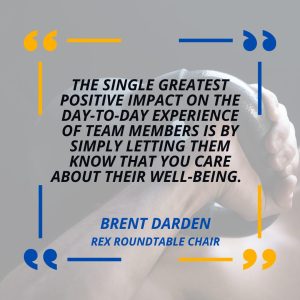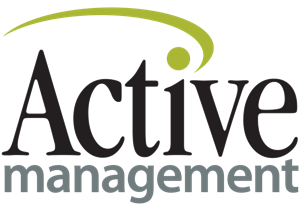The Talent Game – Designing the EMPLOYEE Experience Journey

By Brent Darden, REX Chair
Gallup released a “Hands-On Guide” to the employee journey that identifies the critical components of a thoughtfully designed employee experience and it couldn’t have come at a better time, as the war on talent is very real and visible across virtually every industry.
In addition to Gallup, the Harvard Business Review, Deloitte, and McKinsey all herald the importance of the employee life cycle more than ever.
As if finding and hiring staff aren’t challenging enough, it’s estimated that the cost to replace an employee is 50 – 213% of an annual salary.
As an industry, we have often extolled the virtues of analyzing and crafting the member journey. Countless webinars, articles, presentations, and podcasts (including my own versions) have been dedicated to enhancing the member experience.
Regrettably, this same effort, intentional design, and attention to detail have not permeated the employee experience. The journey within your organization likely includes the following landmarks: Attracting / Hiring / Onboarding / Engaging / Performing / Developing / Departing.
Sincerely evaluating each step along this path and curating a creative process can pay dividends related to becoming the “employer of choice” in your community.
Let’s briefly touch on a few key considerations for each of these stages.
- Attracting – The ability to recruit top talent is an absolute priority of leading organizations. Think about community outreach opportunities, internships, employee referral rewards, and developing a reputation as one of the “best places to work”.
- Hiring – Selecting the “best” candidate can be painstaking. Consider training a dedicated group interview team, ensure prospects are a cultural “fit”, and celebrate every addition to the team.
- Onboarding – It is during this part of the process that both sides are truly affirming their decision and research shows that how an employee begins their journey has a lot to do with their future performance and longevity. Roll out the “welcome wagon”, immerse them in the company values, uncover their personal profile / preferences, and provide constant feedback.
- Engaging – Gallup states that nearly 87% of employees worldwide are not engaged. Make sure that team members understand the “why” of everyday work, are empowered to perform their roles, and receive ongoing appreciation / recognition.
- Performing – Drive expectations through open book management, real time accountability, and an ongoing two-way feedback loop.
- Developing – Coaching career growth remains a top desire for employees at every level, even as professional development took a backseat as clubs focused on survival during the pandemic. Investing in staff is a win-win and essential to groom future leaders.
- Departing – It’s easy to neglect this final step which, if done well, can offer genuine feedback about the overall employee experience. Establish resignation expectations early, conduct an exit interview, and acknowledge team member contributions.
Systematically appraising the employee journey should reveal ample opportunities for improvement. That said, the workplace culture, the work team, responsibilities, and of course the manager all play a significant role in employee satisfaction.
Finally, perhaps the single greatest positive impact on the day-to-day experience of team members is realized by simply letting them know that you care about their well-being.

The club industry has labeled Brent Darden a “Texas Talent” and “Industry Treasure” – “part preacher, part teacher, and part reacher”. For over three decades, the former IHRSA Board of Directors Chairman has amassed a wealth of knowledge about the industry and continues to share his experiences around the world through speaking and consulting. His messages have reached audiences in sixteen countries and been translated into ten different languages. Most recently Darden, was the owner-operator of TELOS Fitness Center, an award-winning multipurpose luxury brand in Dallas, Texas. TELOS was recognized as the “N. Dallas Business of the Year”, as a finalist for the “American Business Ethics Award”, and earned a litany of industry awards. Previously, he was V.P. of the renowned Cooper Aerobics Center, and was named IHRSA’s inaugural General Manager of the Year. Brent also Chairs several industry REX Executive Roundtables.

